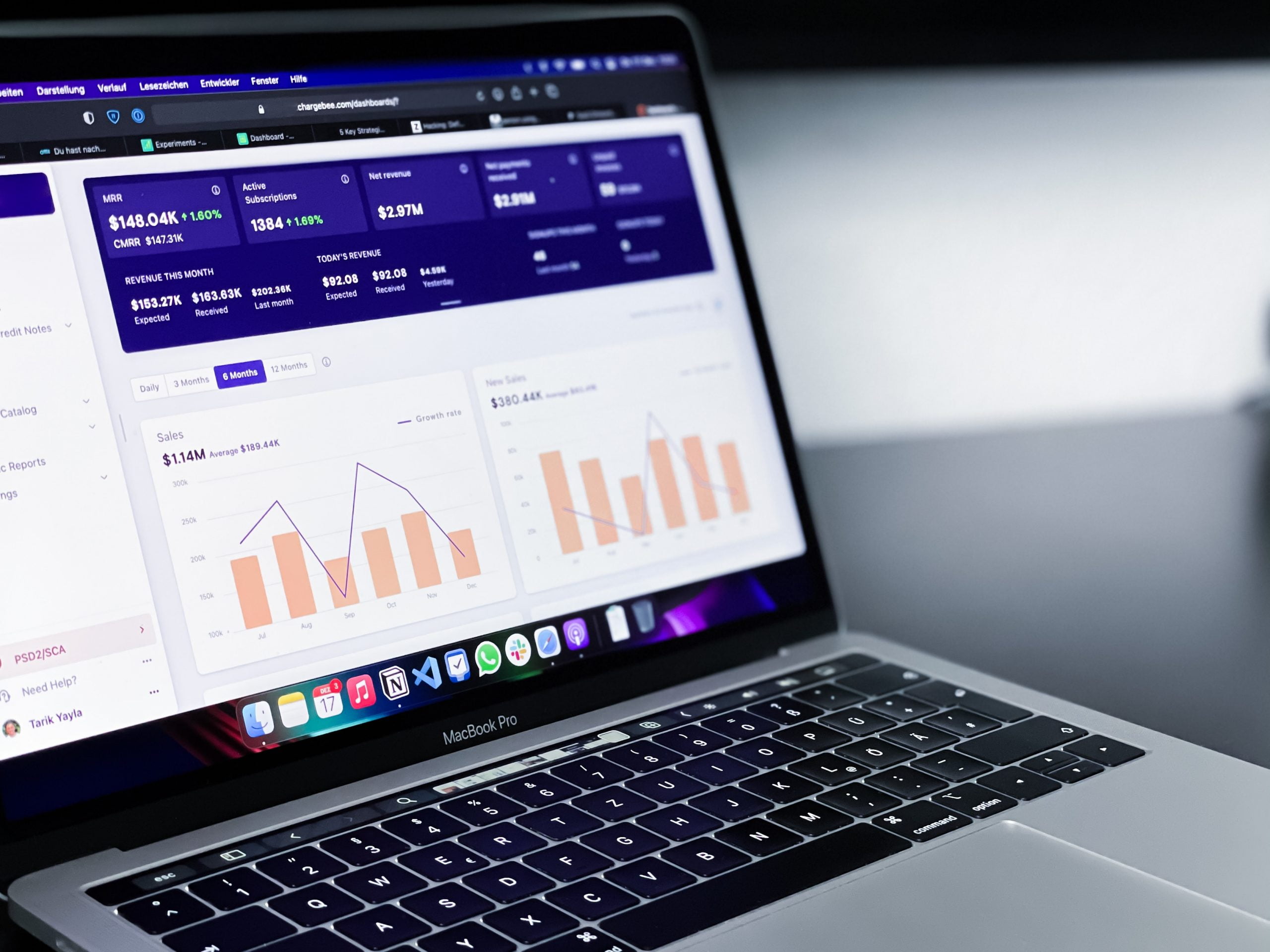UTM Codes are indispensable tools for our white-label marketing partners and their clients wishing to track their online campaigns’ performance effectively. Understanding and using UTM codes effectively in your marketing strategies provides invaluable insight into your efforts, enables optimization efforts, and increases overall return on investment (ROI). This comprehensive guide covers UTM codes’ fundamentals and how best to implement them into marketing efforts.
Introduction to UTM Codes
Urchin Tracking Module codes, commonly referred to as UTM codes, are simple snippets of code added at the end of URLs that enable marketers to track various marketing metrics such as traffic sources, campaign performance, and user engagement – providing valuable insight into your marketing strategies and plans.
UTM codes consist of two components:
- UTM Parameter: This section of code that begins with “utm_” allows you to track specific aspects of a campaign you wish to measure. There are five standard UTM parameters, such as “utm_source”, “utm_medium”, “utm_campaign”, and “utm_term”, among others.
- Tracking Variable: Attainable This identifier consists of one or more numbers, letters, hyphens, plus signs or periods to track each dimension being tracked. It begins with “=” and can contain only numbers, letters, hyphens, signs, or periods.
Why UTM Codes Matter
Without UTM codes, marketers find it challenging to pinpoint which campaigns, channels, or content pieces are driving traffic and conversions. Adding tracking parameters to URLs lets you gather valuable insights into your marketing efforts while making data-driven decisions to optimize strategies.
UTM codes offer several key advantages, including:
- Improved campaign tracking: UTM codes allow for improved campaign tracking. They enable monitoring the effectiveness of various marketing efforts across channels and gaining a clear picture of what works and what doesn’t.
- Better marketing attribution: Using UTM codes makes it easier than ever to attribute conversions and other key performance indicators (KPIs) back to specific marketing efforts, helping allocate resources more effectively.
- Decision-Making Based on Data: UTM tracking gives marketers insight into making data-driven decisions regarding their marketing strategies – ultimately leading to improved results and ROI.
Understanding UTM Parameters
You can use five standard UTM parameters to track various aspects of your marketing campaigns.
Here’s an overview of each parameter:
- utm_source: This parameter identifies a traffic source such as Facebook, Google or an email list. An example would be: &utm_source =Twitter
- utm_medium: This parameter tracks where visitors came from, such as CPC ads, email, social, referral, or display advertising. An example would be: &utm_medium=cpc
- utm_campaign: This parameter allows you to track the performance of a specific campaign, such as different Facebook Ads or email campaigns. Example: &utm_campaign=example-campaign
- utm_content: If you have multiple links pointing to the same URL (e.g., an email with two CTA buttons or different ads), this parameter helps you track which link was clicked. Example: &utm_content=navlink
- utm_term: This parameter is used to track the keyword term a website visitor came from, primarily for paid search ads. Example: &utm_term=growth+hacking+tactics
Creating UTM Codes
There are different approaches to creating UTM codes for your campaigns.
- Manual Method: If you know your way around URL parameters, you can manually enter the appropriate variables into each URL you use.
- Google URL Builder: This user-friendly tool from Google for creating UTM codes can quickly be utilized by entering your website address and parameters to generate a URL with UTM codes included.
- Other Third-Party Tools: There are various third-party tools available (free and paid) that can assist with creating and managing UTM codes effectively.
Implementing UTM Codes for Google Analytics
Once you’ve embedded UTM codes into your campaign URLs, Google Analytics allows you to monitor their performance. Here’s how you can view UTM code performance across various reports:
- Go to “Acquisition” > “Overview” > “All Traffic” > “Source/Medium” to view traffic by source and medium.
- Go to “Acquisition” > “Campaigns” > “All Campaigns” to view traffic based on your custom campaign names.
Best Practices for UTM Tracking
To maximize the results of your UTM tracking efforts, consider following these best practices:
- From the outset, create a UTM naming convention: Make sure all team members use consistent and accurate naming conventions when creating UTM parameters to avoid inconsistent or inaccurate data.
- Use easy-to-understand names: Select UTM parameter names that are simple and descriptive so anyone can quickly grasp their purpose at a glance.
- Make URLs user-friendly with link shorteners: Long UTM codes can be dauntingly long for users. Link shorteners such as Bit.ly or Rebrandly provide more shareable URLs while still keeping UTM tracking functionality alive.
How to Use UTM Codes to Track Campaign Performance
Using UTM codes effectively for tracking marketing campaigns is possible in several ways:
- Know where your traffic is coming from: Use UTM parameters like utm_source, utm_medium, and utm_campaign to track traffic sources and better understand the effectiveness of your marketing channels.
- Track link performance within content: Use the utm_content parameter to track the performance of specific links within your content, such as email CTAs or banners in a display ad campaign.
- Group traffic by medium: Use the utm_medium parameter to group your traffic into broad categories, such as social, CPC, search, email, or referral, for macro-level analysis.
UTM Code Naming Conventions
Establish a UTM naming convention across your organization to ensure consistent and accurate tracking. Here are some guidelines:
- Use lowercase letters consistently when entering data to avoid discrepancies in your results.
- Choose consistent naming conventions for mediums and sources, such as “social” instead of “social media” or “facebook” over “facebook.com.”
- Use hyphens or underscores to separate words within names, such as “spring-sale” or “spring_sale.”
Using Link Shorteners with UTM Codes
Long UTM codes can be intimidating for users and difficult to share on social media platforms, making them inconvenient for your target market. Link shorteners like Bit.ly or Rebrandly allow you to create more user-friendly URLs while still retaining UTM tracking functionality. Make sure that when using link shorteners, your UTM codes remain intact to not lose valuable tracking data.
Summary
UTM codes are essential tools for digital marketers who seek a deeper insight into the performance of their marketing campaigns. At OutReach, we help our white-label marketing partners to effectively employ UTMs to gather valuable insights, optimize strategies and increase return on investment (ROI). By following the best practices outlined herein, our white-label marketing partners and their clients can ensure they are making the most out of their UTM tracking efforts and making data-driven decisions about their business.


